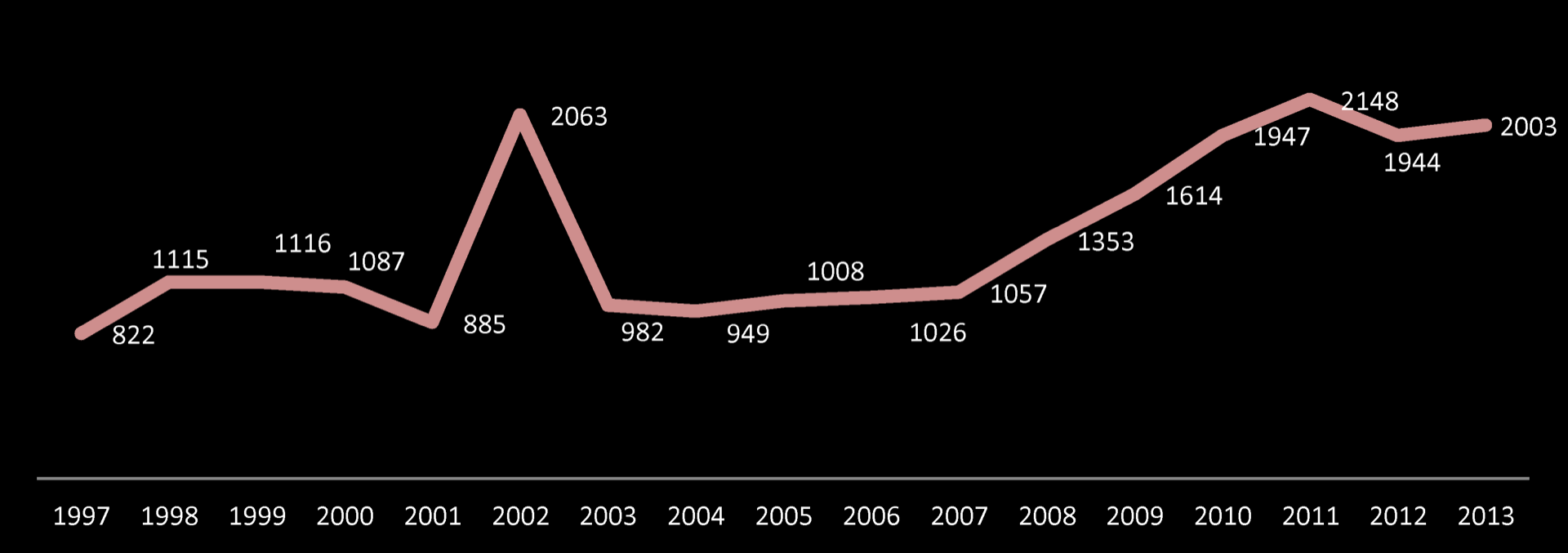Ending 50 Years of Conflict in Colombia
I highly recommend Adam Isacson's detailed report on the negotiations between the Colombian government and the FARC, Ending 50 Years of Conflict: The Challenges Ahead and the U.S. Role in Colombia. It provides background, context, policy options, and a sense of where everything stands right now.
One of the many important takeaways is how painful a post-conflict scenario will be. The Colombian armed forces, the FARC and the United States have known nothing but civil war for many, many years* and will find it difficult to rethink their roles, which will entail some measure of mutual acceptance, budget cuts, and mission revisions. This has worked elsewhere but it's tough and we cannot take it for granted. Just having talks is only a beginning.
But if the talks fail, then violence continues. Much is made of the FARC's weaknesses, and indeed they're weaker than in the past, but this shows how much violent impact they still have:
If peace talks should fail, it will take many bloody years to defeat the FARC on the battlefield. This chart, from Colombia’s Peace and Reconciliation Foundation, shows the number of FARC “armed actions” in recent years. The guerrillas are weaker than they were a decade ago: most of the more recent “actions,” like sabotage of infrastructure or detonation of landmine fields, are smaller in scale, and occur in more remote areas. But they are still capable of several actions per day all around the country, despite an enormous effort by the security forces. On the battlefield, the conflict is decidedly not in the “home stretch.”
Several attacks a day is nothing to sniff at, especially when it contributes directly to the swelling ranks of the Colombian displaced. Americans take drugs, the FARC makes money from the drugs, and uses the money for weapons and supplies. If the talks fall through, that dynamic remains, and millions of Colombian continues to suffer.
* a very rough demographic estimate is that 85% of the Colombian population is 54 years old or younger. The FARC was founded 50 years ago, and so only a very small fraction of Colombians can remember a time when it was not fighting the government.


2 comments:
How much has FARC's role in the drug trade increased in recent years? 10 years ago, there was some rumbling of them moving up the supply chain from just extorting low level farmers, but a lot of the evidence was pretty questionable. It has been awhile since I followed events closely, but is the FARC definitively involved in the drug trade in a major way, or is that still an excuse to deflect the ties between the major traffickers and their wealthy backers in polite society?
I don't know exactly where they currently are on the supply chain but the key is really the profit, which seems to remain quite strong.
Post a Comment